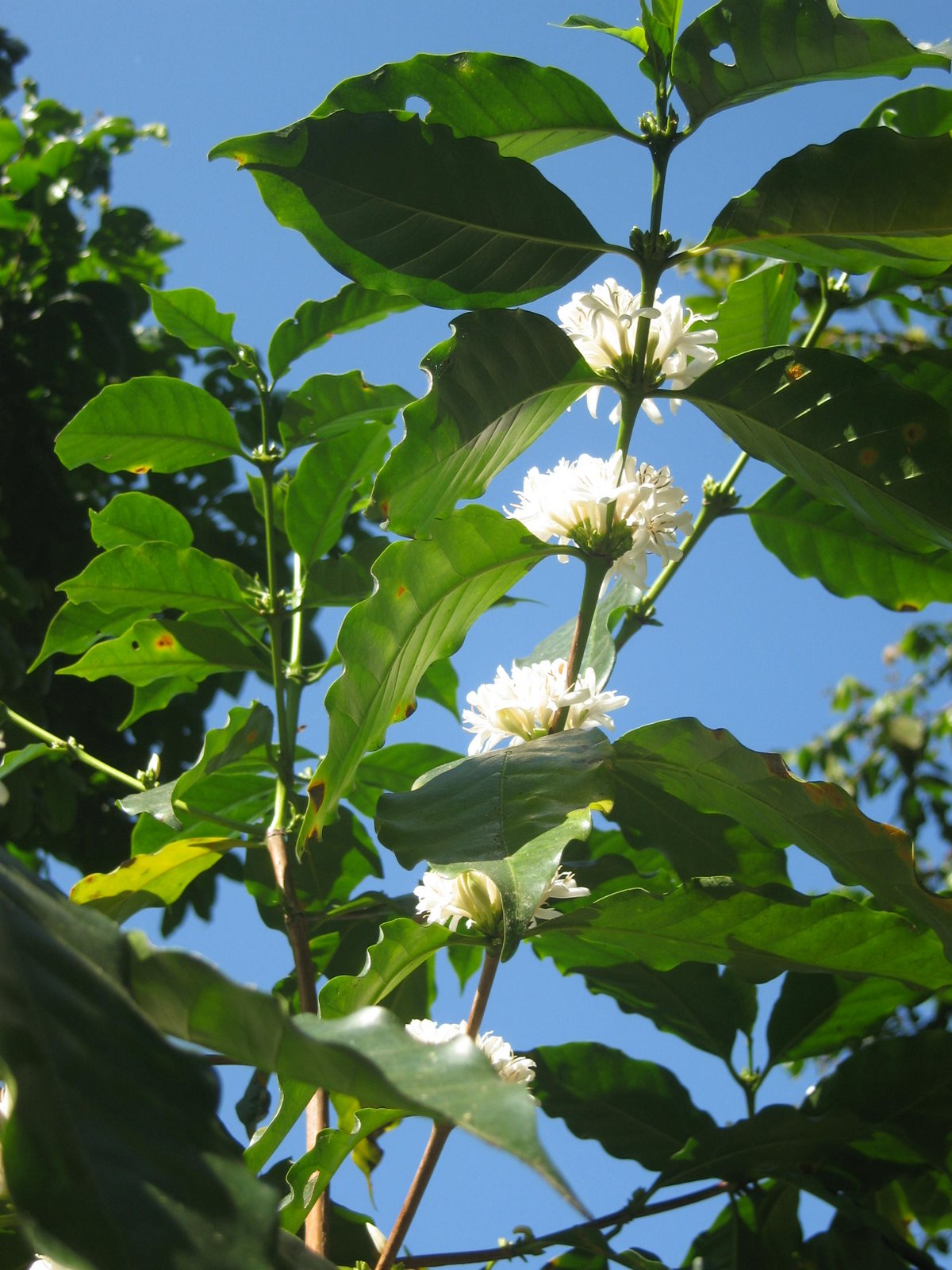Guatemala is celebrated for its rich and diverse coffee, grown in some of the most distinctive microclimates in Central America. High altitudes, volcanic soil, and a range of growing regions—from Antigua and Huehuetenango to Cobán—create ideal conditions for producing exceptional Arabica beans. Guatemalan coffee is known for its full body, lively acidity, and deep, complex flavors.
Swiss Water Process
Swiss Water Process (SWP) decaffeination works through diffusion, not osmosis. Initially, green coffee beans are soaked in water until all the caffeine and flavor compounds are extracted. The beans are then discarded, and the solution they created is run through a carbon filter that removes the caffeine, leaving behind only the flavor compounds—what SWP calls its green coffee extract, or GCE.
When SWP decaffeinates a coffee, the beans are soaked with a small amount of the GCE, which creates a saturated solution in which the caffeine leaves but the flavor compounds remain in place, unaffected. The GCE is like a yeast “mother.” While initially SWP had to sacrifice some coffee to create it, once the first batch was made, it just needs to maintain the health of the GCE and keep it slowly regenerating, which it does by adding small amounts of clean water.

